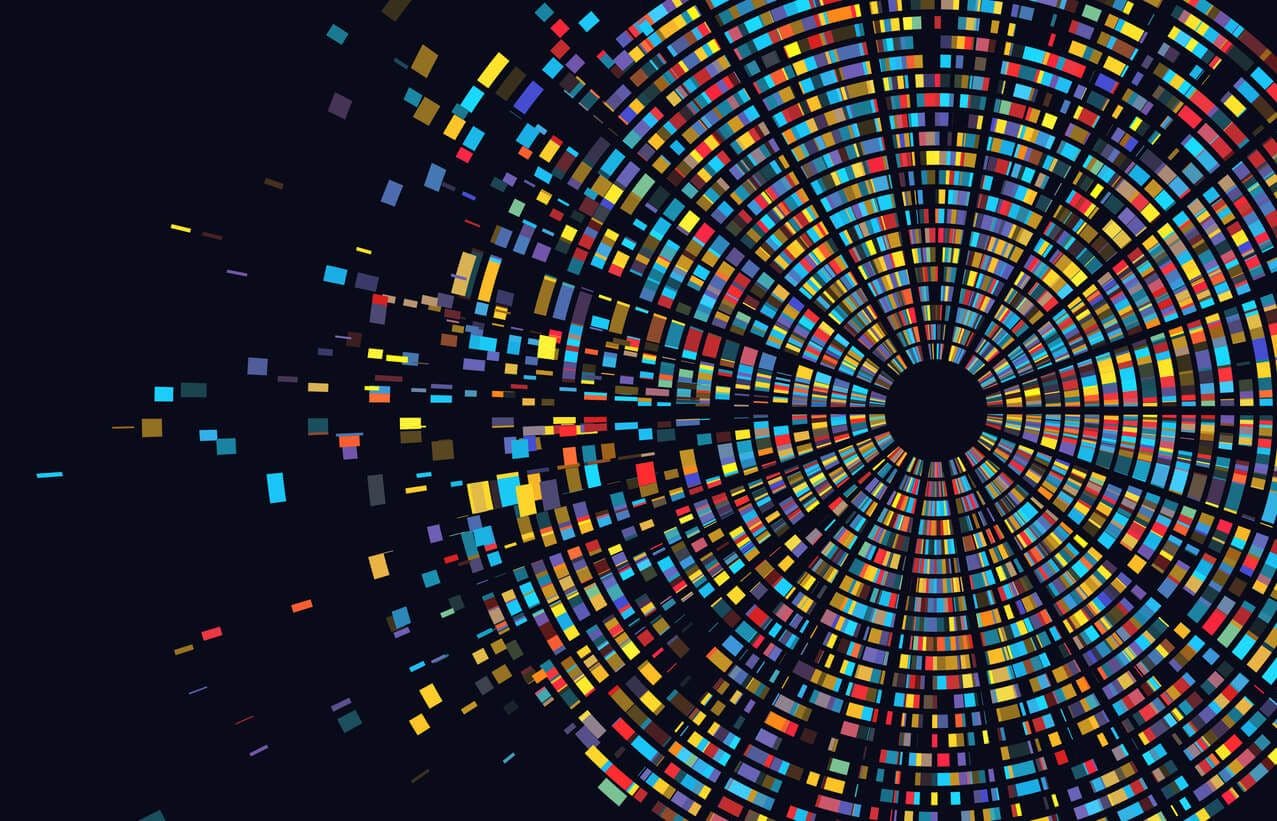The energy sector is undergoing a full transformation, driven by electrification and decentralization. Areas like transportation, heating and industry are heavily increasing their electricity use as part of their decarbonization journey. Simultaneously, energy networks are decentralizing and reshaping with the increase in distributed power generation across numerous smaller, localized renewable sources. Getting into numbers, global electricity consumption is set to double by 2050 across the transportation, industrial and building sectors, while electricity generation is expected to grow from 30 PWh in 2024 to over 70 PWh in 2050. This is equivalent to our electricity networks having twice as many electricity generators and twice as many consumers connected to the grid in just over twenty years.
As networks grow more intricate, loads become increasingly diverse and electrification accelerates, the need for a parallel digital transition becomes evident. Digital technologies are emerging as key enablers, enhancing and modernizing both the generation and consumption sides – as well as the energy infrastructure to handle these new challenges. This leads to radical changes for:
- Energy generators, to ensure they can maximize electricity output while avoiding curtailment, anticipate generation and prevent or minimize faults. To this end, utilities are investing in digital support for predictive maintenance, visualization and control of their assets and performance. They are also looking to enhance output optimization through technologies like digital twins to test scenarios on wind and solar farms, optimize design and anticipate faults; virtual and augmented reality to support maintenance, training and ensure safety; and advanced asset management software for real-time and lifecycle monitoring of their systems.
- Energy consumers, to drive energy cost savings, active engagement and market participation. Consumers are also adopting technology to understand and control their consumption and – in the case of industries and businesses – decarbonize their operations. On this side of the equation, some emerging technologies include energy management and simulation platforms, smart demand-side response systems, smart PPA optimization and 24/7 green energy matching platforms.
- Energy transmission and distribution, to guarantee the whole energy system’s integrity and stability. Transmission and distribution operators will need advanced systems that can support congestion management, guarantee continuous supply and demand matching, renewable energy integration and grid stability as the complexity and number of connections multiply. Complementing existing grid management systems are advanced software like DERMS for DER control and optimization, flexibility marketplace platforms to ensure grid stability while creating market opportunities, battery automation and optimization software, and digital twins of power networks for power line design and planning optimization.
For further reading on the energy transition and its overlap with digital technologies, visit the Verdantix Net Zero & Energy Transition research portal – if you are a technology provider or are interested in adopting digital solutions, you can get in touch with the team here.





